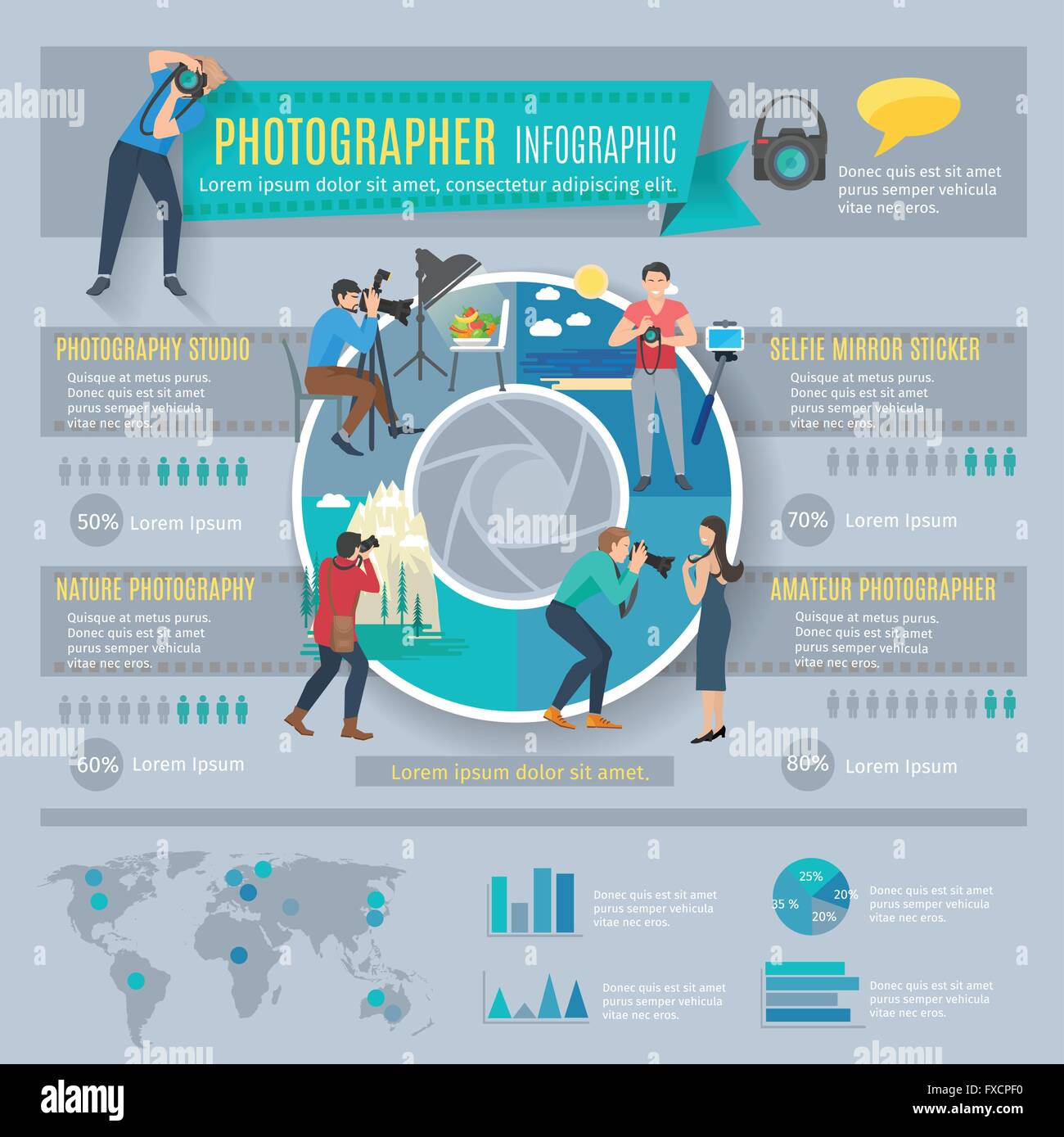What Every Professional Photographer Must Find Out About Illumination
What Every Professional Photographer Must Find Out About Illumination
Blog Article
Web Content Writer-Boone Ibrahim
As a professional photographer, you recognize that lighting can make or damage your pictures. Comprehending the subtleties of both all-natural and fabricated light is necessary for capturing the state of mind and quality you go for in your work. Whether you're going after the best gold hour glow or tweak your artificial setups, mastering these components can elevate your photography considerably. But there are common mistakes that many neglect, and acknowledging them can change your technique to every shoot. Allow's explore what you could be missing and just how it can affect your results.
Recognizing Natural Light
Comprehending natural light is essential for any kind of digital photographer looking to improve their job. It's the structure of great photography, affecting mood, tone, and clarity. When you shoot outdoors, focus on the moment of day. The golden hour-- quickly after daybreak and before sunset-- provides soft, warm light that can transform normal scenes right into sensational images.
Don't underestimate the power of overcast days. Cloud cover diffuses sunshine, creating a soft, also light that's perfect for pictures and macro photography. You'll discover colors appear this type of illumination without severe darkness.
Placing matters, as well. Always consider your topic's positioning to the light source. If the sunlight's behind your subject, you may end up with a shape, which can be significant yet mightn't be what you desire. On the other hand, straight sunlight can produce unflattering darkness.
Experiment with angles; sometimes, altering your perspective can yield impressive results. Usage natural reflectors, like water or sand, to jump light onto your topic, adding dimension.
Mastering Artificial Light
Understanding fabricated light is essential for professional photographers who wish to take their skills to the next degree. Whether you're using speedlights, workshop strobes, or constant lights, comprehending just how to adjust these resources can significantly improve your photos.
Start by acquainting yourself with the basics of light high quality, direction, and shade temperature level. Try out different modifiers like softboxes, umbrellas, or grids to regulate the soft qualities or violence of the light.
You'll find that soft light typically develops lovely results, while harsher light can include drama and depth. Do not avoid shadows; they can improve the three-dimensionality of your subjects.
Pay very close attention to the placement of your lights. A light located also near your topic can produce unflattering outcomes, while as well far can result in an absence of information. Utilize https://postheaven.net/philip48nigel/just-how-to-locate-your-distinct-style-as-a-digital-photographer or your video camera's histogram to ensure you're exposing correctly.
Lastly, remember that simply click the following web site can be combined with ambient light for creative impacts. Balancing these resources might take method, but once you grasp it, your digital photography will really radiate.
Strategies for Various Situations
When you enter various capturing circumstances, adapting your illumination strategies is essential for catching the most effective photos. For outdoor portraits, use the gold hour-- early morning or late afternoon light-- to soften shadows and improve skin tones.
If it's a rough midday sunlight, consider utilizing a reflector to jump light back onto your topic or seek shaded areas for a more even exposure.
In low-light circumstances, like interior occasions, boost your ISO and make use of a vast aperture to let in even more light. A tripod can help eliminate electronic camera shake, allowing for longer direct exposures without blurring.
If you're shooting at night, trying out off-camera flash to develop dynamic lighting and deepness in your photos.
For product digital photography, use diffused illumination to avoid harsh reflections. Softboxes or light outdoors tents can help accomplish this impact.
When photographing https://petapixel.com/2020/04/22/photographer-shares-her-struggle-to-access-covid-relief-funds/ , take into consideration the direction of light and time of day, as it can dramatically alter the state of mind of your shot.
Constantly be ready to adjust your setups and placing based on the situation, as adaptability is crucial to mastering illumination in photography.
Conclusion
To conclude, mastering illumination is key to elevating your digital photography skills. Accept natural light's beauty throughout golden hour, and do not shy away from explore artificial light techniques. By adjusting your strategy to different scenarios, you'll capture magnificent pictures that reverberate with emotion and clearness. Keep in mind, the right illumination can change an average shot into something phenomenal, so keep practicing and improving your understanding of both all-natural and synthetic light. Happy capturing!
